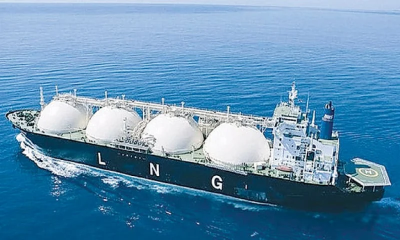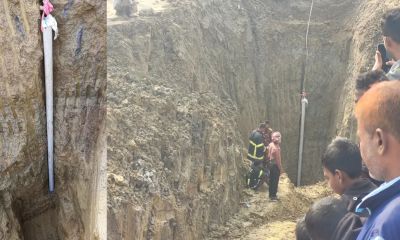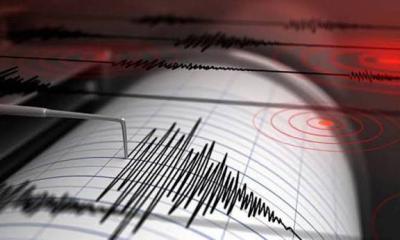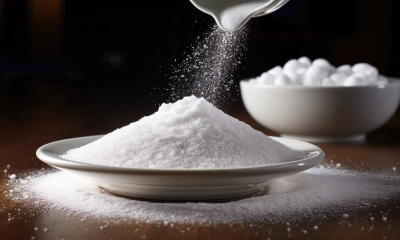Nepal is preparing to move its Everest base camp because global warming and human activity are making it unsafe.
The camp, used by up to 1,500 people in the spring climbing season, is situated on the rapidly thinning Khumbu glacier, reports BBC.
A new site is to be found at a lower altitude, where there is no year-round ice, an official told the BBC.
Researchers say melt-water destabilises the glacier, and climbers say crevasses are increasingly appearing at base camp while they sleep.
"We are now preparing for the relocation and we will soon begin consultation with all stakeholders," Taranath Adhikari, director general of Nepal's tourism department, told the BBC.
"It is basically about adapting to the changes we are seeing at the base camp and it has become essential for the sustainability of the mountaineering business itself."
The camp currently sits at an altitude of 5,364m. The new one will be 200m to 400m lower, Mr Adhikari said.
The plans follow the recommendations of a committee formed by Nepal's government to facilitate and monitor mountaineering in the Everest region.
The Khumbu glacier, like many other glaciers in the Himalayas, is rapidly melting and thinning in the wake of global warming, scientists have found.
A study by researchers from Leeds University in 2018 showed that the segment close to base camp was thinning at a rate of 1m per year.
Most of the glacier is covered by rocky debris, but there are also areas of exposed ice, called ice cliffs, and it is the melting of the ice cliffs that most destabilises the glacier, one of the researchers, Scott Watson.
"When ice cliffs melt like that, the debris of boulder and rocks that are on the top of the ice cliffs move and fall and then the melting also creates water bodies," he said.
"So we see increased rock falls and movement of melt-water on the surface of the glaciers that can be hazardous."
Mountaineers and the Nepali authorities say a stream right in the middle of the base camp has been expanding year by year.
They also say crevasses and cracks on the surface of the glacier are appearing more frequently than before.
"We surprisingly see crevasses appearing overnight at places where we sleep," said Col Kishor Adhikari of the Nepali army, who was staying at base camp while leading a clean-up campaign during the spring climbing season, which lasts from March to the end of May.




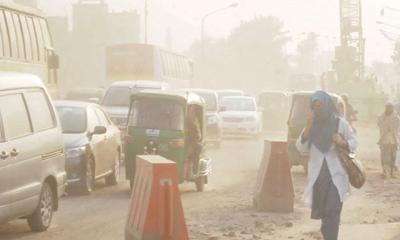

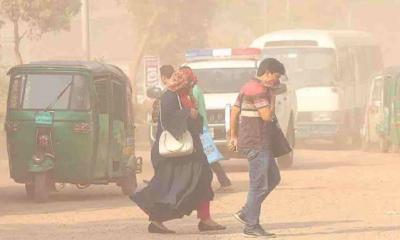

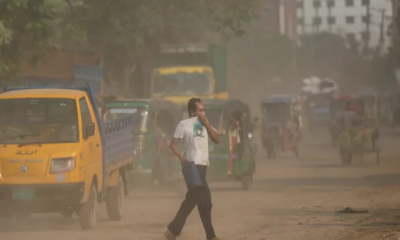
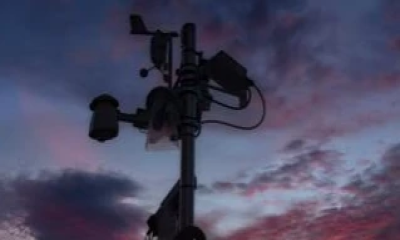




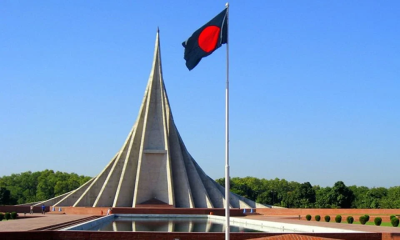



-20251214131253.webp)


